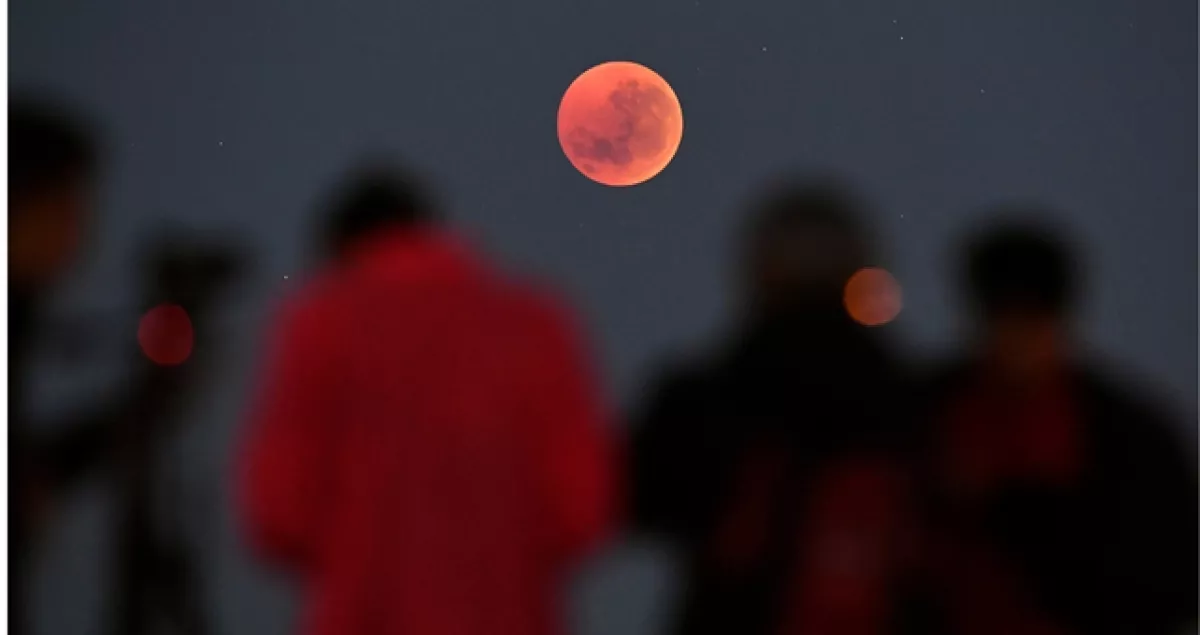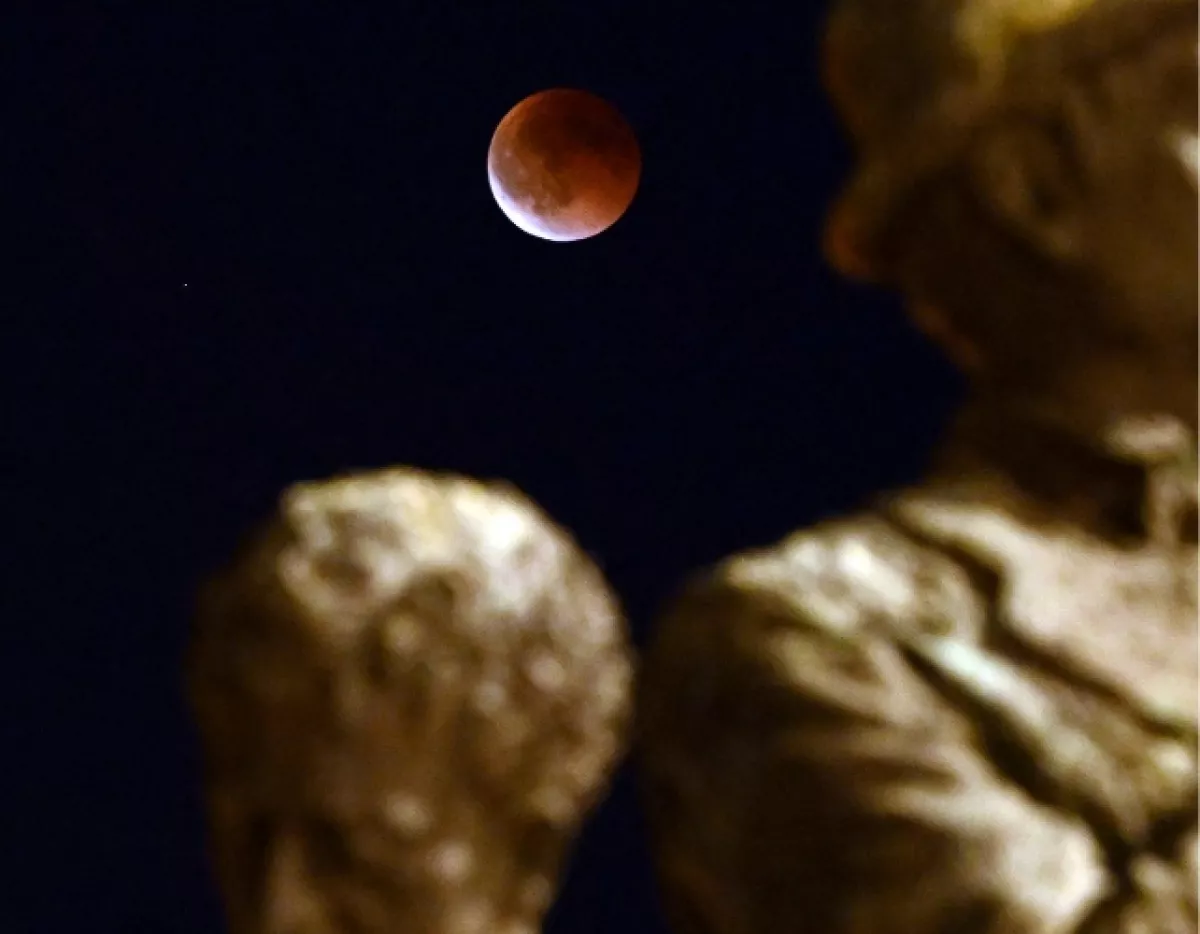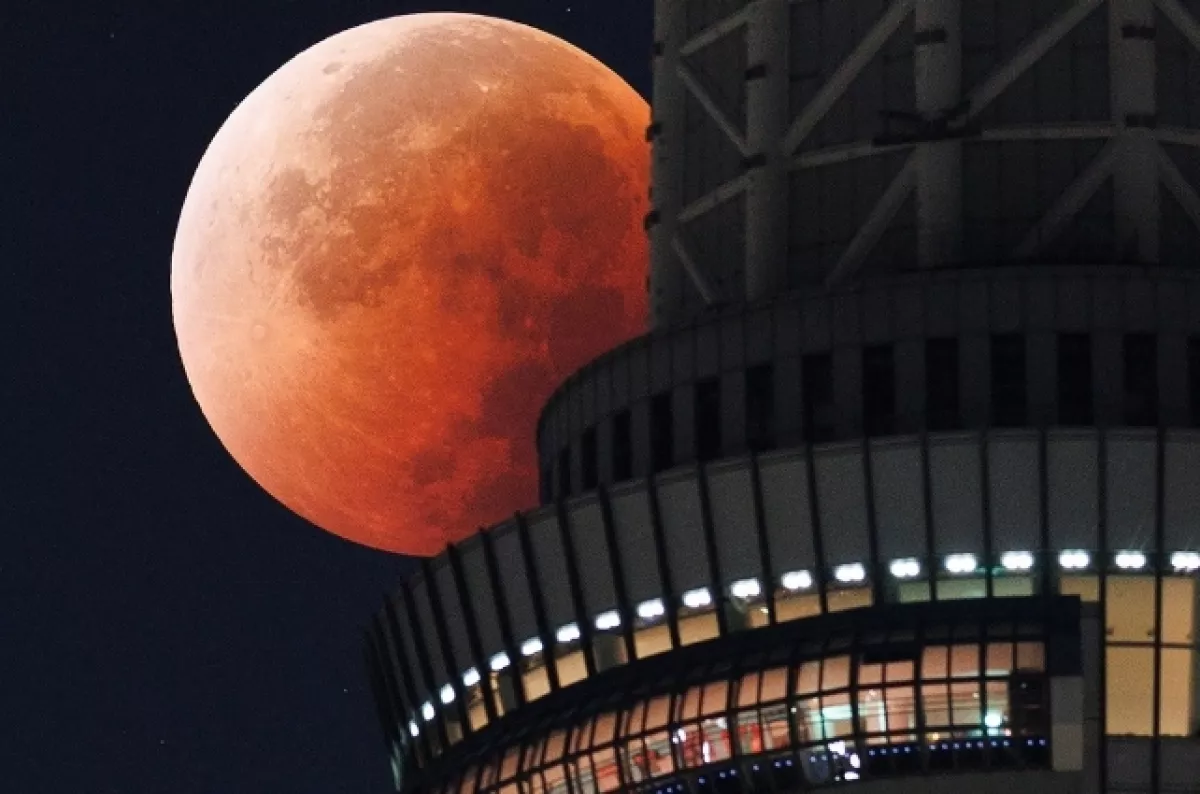Stargazers witness “Blood Moon” Total lunar eclipse across Asia, Europe, Africa
On the night of September 7, skywatchers were treated to a spectacular “Blood Moon” as a total lunar eclipse cast the Moon in an eerie red hue across parts of Asia, Europe, and Africa.
The phenomenon occurs when the Sun, Earth, and Moon align perfectly, allowing Earth’s shadow to fall on the Moon. The only light reaching the lunar surface is filtered and scattered through Earth’s atmosphere, giving it a deep red color.
“Blue wavelengths are more easily dispersed, leaving the red light to color the Moon,” explained Ryan Milligan, an astrophysicist at Queen's University Belfast, Northern Ireland, quoted by Science Alert.

The total lunar eclipse lasted from 17:30 GMT to 18:52 GMT.
Observers in Asia, including India and China, were best positioned to view the full eclipse. On the eastern edge of Africa and in western Australia, parts of the total eclipse were also visible.
In Europe and Africa, stargazers witnessed a partial eclipse just as the Moon rose, while the Americas missed the event entirely.

Unlike solar eclipses, which require protective glasses or pinhole projectors, lunar eclipses can be safely observed with the naked eye, provided the weather is clear.

This event follows the last total lunar eclipse in March 2025, and the previous one in 2022.
Looking ahead, a rare total solar eclipse will be visible in a narrow part of Europe on August 12, 2026.
In Spain, the totality will pass through a roughly 160-kilometre band between Madrid and Barcelona, though neither city will experience the full eclipse.
This will mark Europe’s first total solar eclipse since 2006, following a recent event in North America in April 2024.
By Sabina Mammadli








